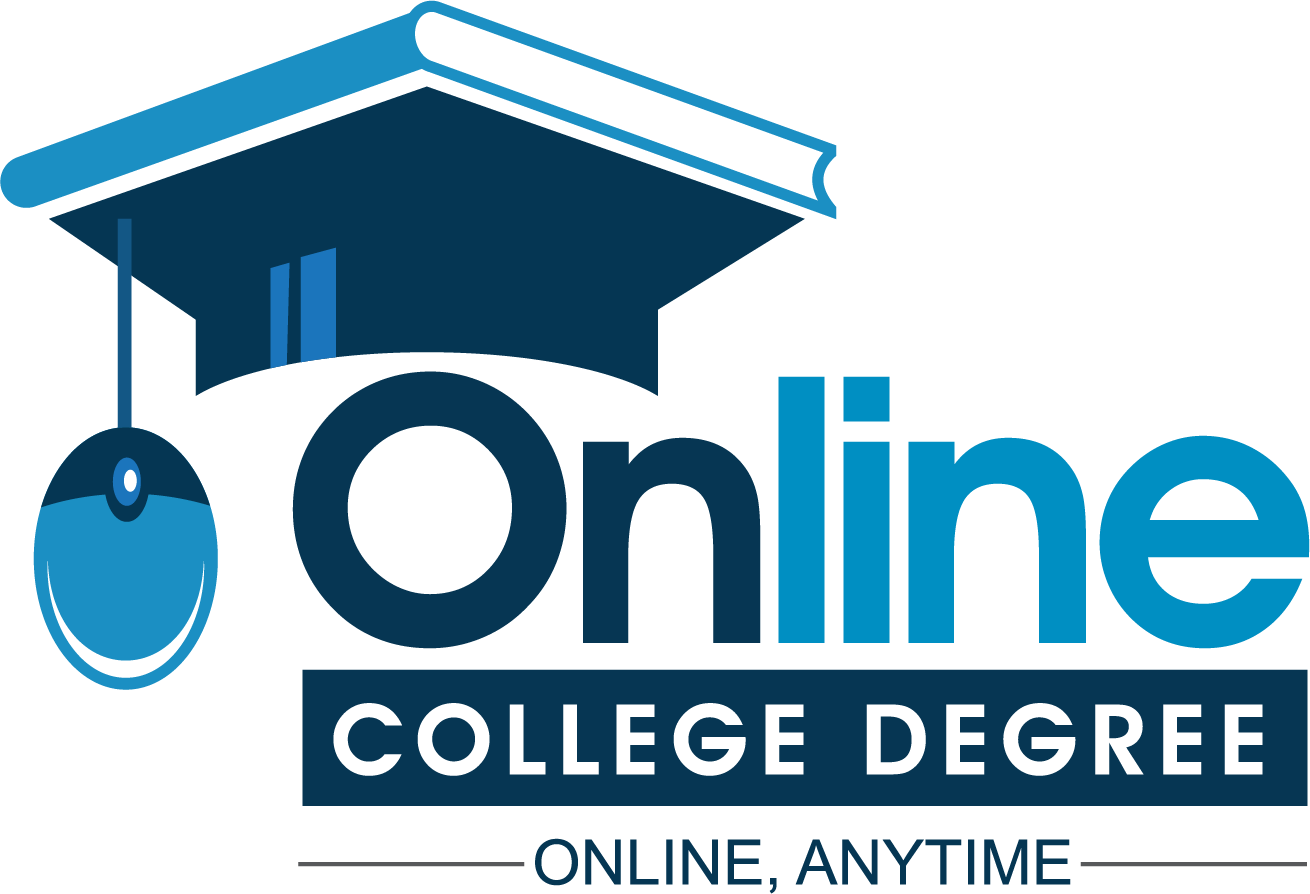Hundreds of universities around the world offer online courses: on credit, not on credit, or just for fun. There are over 5,000 open and massive online courses (MOOCs) that are always free. In response to the COVID-19 crisis, some online providers are offering additional online free courses.
This may be the perfect time to sign up for a free online course. You can take your career in a new direction by learning to program, improving your communication skills at work, or even enriching the afternoon with a cooking class. MOOCs are great for learning specific skills, but some of the most popular online courses are meant to open your mind.
Consider Yale’s popular course in happiness in wellness science, which was popular on campus before you signed in. Or the current MOOC champion, Learning How To Learn, which teaches learning and memory tools borrowed from neuroscience.
The economic impact of the coronavirus could pose real professional challenges. Whether you’re working from home or looking for a new job, you can sign up for free online courses to improve your resume and develop the skills you need.
To register for a MOOC, consult the list of Coursera online courses offered free of charge in response to the COVID-19 pandemic. You can also keep reading to find out about some of the most popular free online courses available today.
MOOCs offer first-class courses
MOOC was the primary educational motive just over five years ago. At that time, mass online education seemed to be a loss for traditional higher education, but a victory for access. We are now witnessing a gradual fusion of traditional and online higher education. While teachers have a diverse MOOC user base, most MOOC students are university graduates.
Dr. Michael Webber, a professor at UT Austin who taught Energy 101 to more than 44,000 participants worldwide in the fall of 2013, says MOOC students represent “all of society.” Students can use MOOCs to prepare for college, students can use free credits to reduce the price of their degrees, and professionals can prepare for a promotion or a new career. The quality of MOOCs, which can cost hundreds of thousands of dollars, reflects the quality of the institutions that support them. The first MOOC provider, Coursera, was launched in 2012 by Stanford professors. EdX, in which Dr. Hosted by Webbers Energy 101 is the joint creation of scientists from Harvard and MIT.
These prestigious universities accept less than 10% of applicants each year. Meanwhile, 100 million students have accessed MOOCs.
Online learning promotes understanding and memory
Learning to Learn is the most popular MOOC of all time, with a total of over 2 million. The class not only describes how the brain learns best. Use this science to improve your own course materials.
Many of the course functions, starting with the conference graphics, are consistent with the focus and “pirate” memory he teaches. Because our brains, which recognize dangers, are alarmed by the rapid approach of objects, images contain dynamic graphics. As we better divide the information into pieces, the lessons can be suspended and revised. And because the course instructors have been able to optimize your best online courses, you get the most out of them.
